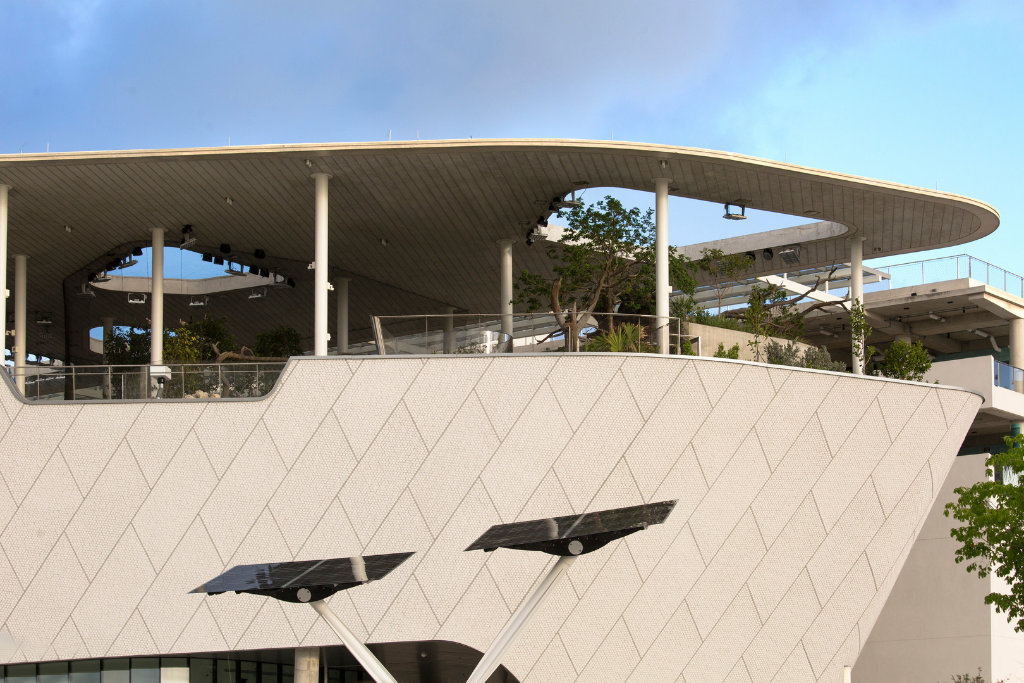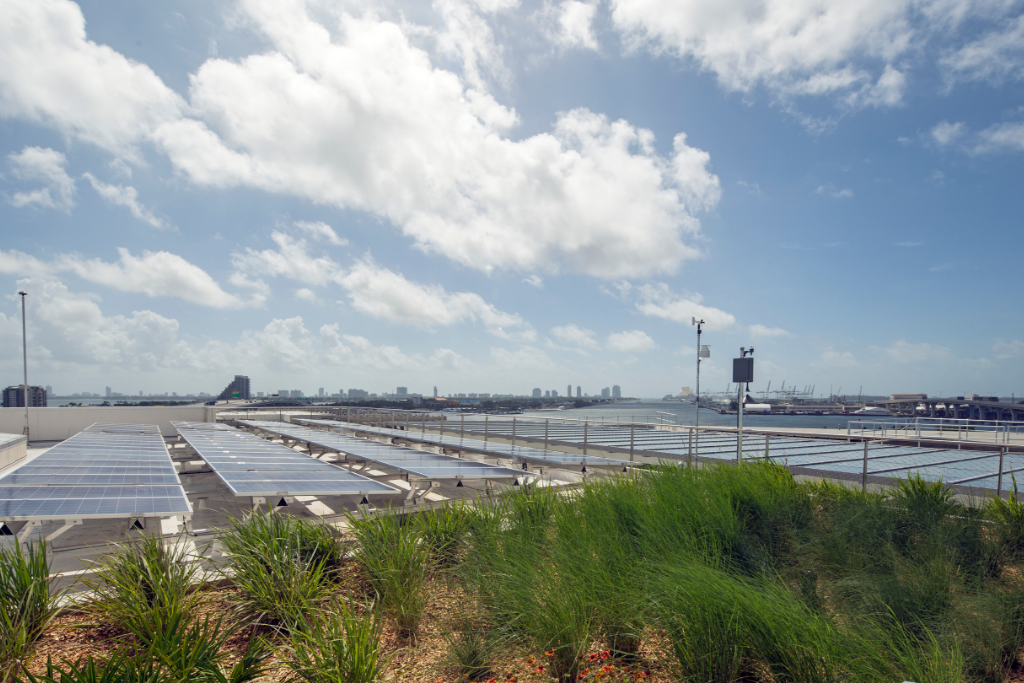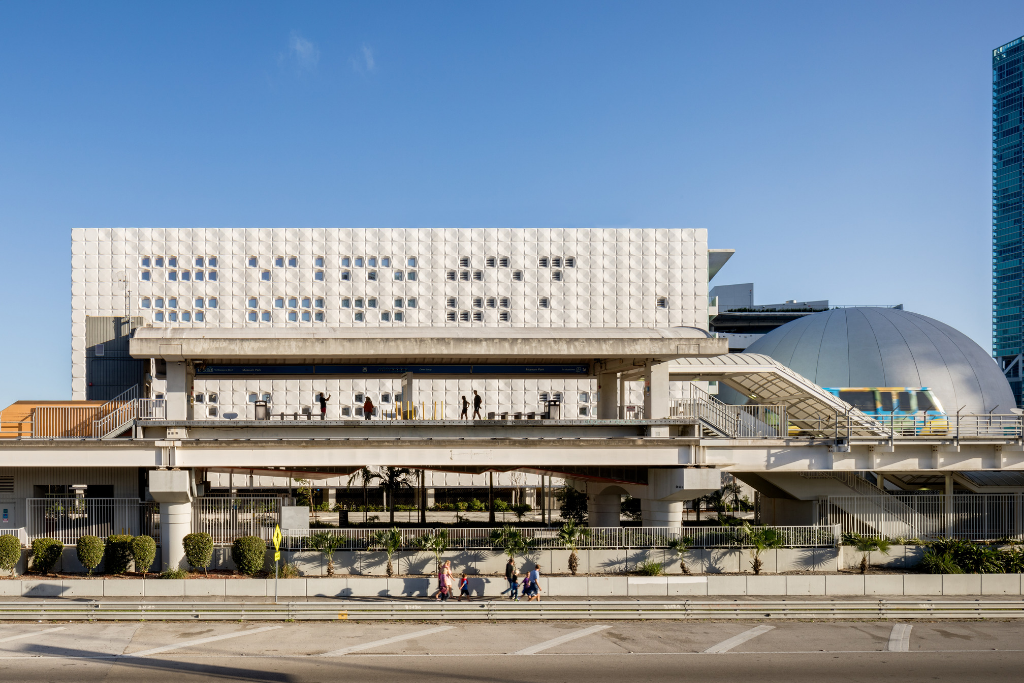
On Thursday, April 18, Frost Science announced that it had been awarded LEED (Leadership in Energy and Environmental Design) Gold Certification for its outstanding practice in the design, construction and operation of a sustainable and energy-efficient facility. The LEED rating system, developed by the U.S. Green Building Council (USGBC), is the foremost program recognizing buildings, homes and communities that are designed, constructed, maintained and operated for improved environmental and human health performance.
“From the conception of this world-class project, it was imperative that the museum would function in the most innovative yet efficient manner possible,” said Frank Steslow, President & CEO of the Phillip and Patricia Frost Museum of Science. “We are honored to receive LEED Gold Certification and will continue to raise awareness through our building and programs of positive steps every visitor can take to improve the environment.”

Sustainability is at the heart of Frost Science’s mission. Sitting on four acres within Downtown Miami’s waterfront Maurice A. Ferré Park, the 250,000-square-foot institution is divided into four distinct buildings: the Aquarium, the Frost Planetarium, and the North and West Wings. The building and grounds are designed to express the best practices in green building design, construction and operation, as well as utilize the latest green technologies. The museum also offers a self-guided “Behind the Build” tour around the campus, where guests can learn more about the design concept of the building, the institution’s environmentally friendly best practices, and behind-the-scenes information about its construction and operation.
“Frost Science’s LEED certification demonstrates tremendous green building leadership,” said Mahesh Ramanujam, president and CEO, USGBC. “LEED was created to make the world a better place and revolutionize the built environment by providing everyone with healthy, green, and high-performing buildings. Frost Science serves as a prime example of how the work of innovative building projects can use local solutions to make a global impact on the environment.”
From the outset, green construction and building materials were selected, including rapidly renewable materials for exhibits, regional material usage, selection of building materials with high levels of recycled content, and low-chemical-emitting building materials and paints. Additionally, the building implemented recycling of construction waste and integrated “blast furnace slag,” a byproduct of iron and steel production, as concrete technology in the building. Through a rigorous points-based system, LEED evaluates projects on siting, sustainability, water efficiency, use of reusable energy sources, and recycled materials, as well as indoor environmental quality and design innovations, among other factors. Frost Science achieved the Gold LEED certification for implementing practical and measurable strategies and solutions aimed at achieving high performance in: sustainable site development, water savings, energy efficiency, materials selection, and indoor environmental quality. The certification identifies Frost Science as a leader in creating healthy experiences and conserving precious resources.

One of Frost Science’s most impressive elements is the water system created for the unique building. Rainwater is collected for use as HVAC makeup water and to irrigate the rooftop gardens (estimated 350,000 gallons per year in city water savings), and a gray water collection system is utilized for flushing toilets and urinals (estimated 250,000 gallons per year in city water savings). The Florida Power & Light Company Solar Terrace on the museum’s sixth-floor rooftop houses a solar farm of photovoltaic solar panels, providing about 66 kW of photovoltaics (218 panels total) calculated to power about two percent of the buildings’ full load. Additionally, the solar trees on the Science Plaza provide approximately 6kW of photovoltaics.

Public transportation options via bus and an onsite Metromover station are adjacent to the museum. Under-building parking is available to prevent heat islands typically caused by parking lots exposed to direct sunlight, along with ample electric vehicle charging stations.
To learn more about the museum’s building, click here.